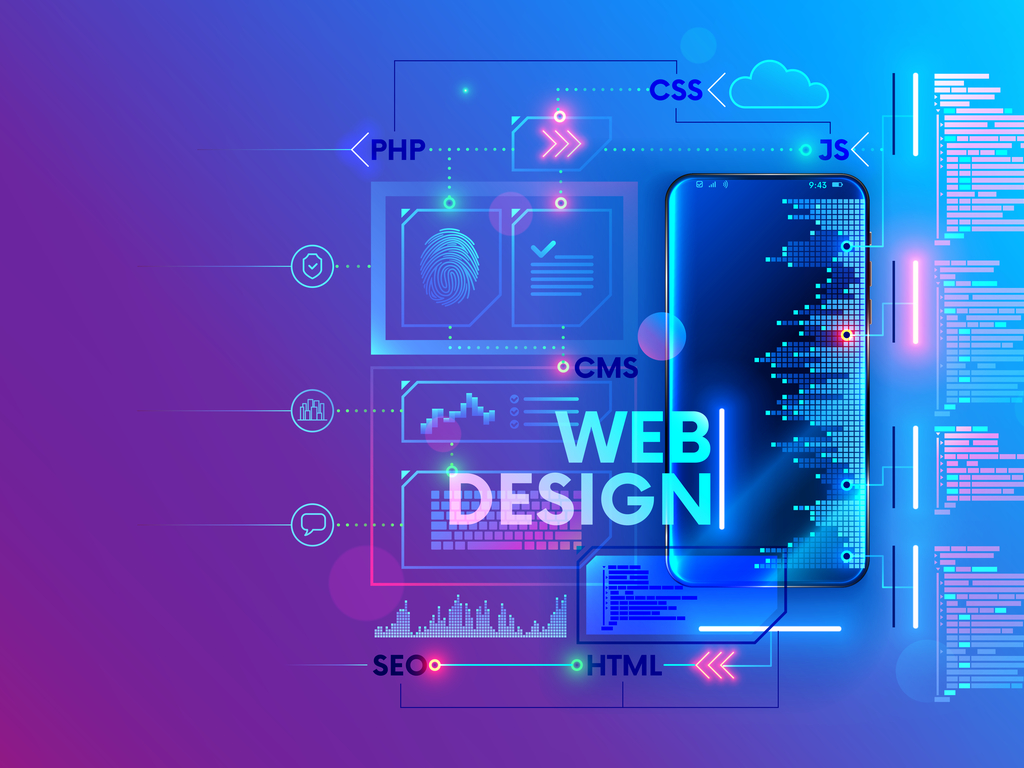
Web Design and User Experience
Have you ever come across a website but found it difficult to navigate either because it was over-designed, or the messaging was not clear. Did you find it difficult to decide where next to go from that page?
So many websites hold otherwise valuable information but are languishing in the dark obscurity of search engine result pages because of their unbelievably high bounce rate and low conversion, emanating from poor web design.
If your website falls in this category, you can get it out of that abyss by taking a fresh approach to your web design and user experience.
What is User Experience
User experience (UX) refers to the feeling a person gets from interacting with a system or product, usually in terms of ease of use or pleasantness a user derives from the interaction.
Why Is UX Important
When users interact with your product or service online, they do so without any physical guide to make the interaction easy or explain otherwise difficult concepts. Keep in mind that your website may be the first impression most of your audience gets about your brand. How they find it, will, to a large extent, if they will enjoy doing business with you.
Investing in good UX therefore becomes a valuable practice, and here are a few reasons you should consider getting your web design and user experience right, the first time, and every time.
A pleasant UX enhances customer retention: when users are pleased and comfortable with the experience your product gives them. They become attached to you and will find a reason to come back.if they already trust your solution, they will not have to undergo the risk of trying out a new solution. Good UX builds that trust in the heart of your customers and keeps them coming back for more.
Good UX increases customer recommendations: users get excited to talk about delightful experiences. When your website or digital product is laid out in a way that users can find their way around and get stuff done with ease. These users tend to spread the word and will recommend you as their solution of choice.
It increases conversion rate: when visitors have a good first impression about your product or service, they are motivated to see their action through to the end. This in most cases, means you get more sales, subscribers or whatever action you desire that prospective users take. An effective UX design guides users to take this action.
It increases your credibility: good UX shows that you care about the users of your product. When they come across your website and find that the solution suits them, they develop a substantial amount of trust in you, which is a valuable currency in the business world.
Reduces business cost: when you have an effective UX design in place, customers can easily find their way around. This simple factor has a ripple effect in reducing costs for your organization. For instance, you can reduce the amount you spend on customer support. Also, your conversion rate increases, and the cost of acquiring new customers reduces, remember good UX also helps retain customers. Also, the cost of retaining a customer is usually lower than the cost of acquiring a new customer.You also know what features your customers need and which they don’t, so you can channel resources to the needed features.
Fundamental Principles of Web Design
Focused
Good web design and UX focuses on the users and their needs at every stage of the design process. Focusing on the user in design means you can identify the problems of the user, and match it to a solution that satisfies their needs. It means you understand their habits and know their journey in using your product to give them the most pleasant experience. This can be achieved through testing with actual users, asking questions and engaging with them, with a view to creating valuable solutions for them.
Organized
Hierarchy gives users to focus on the most important elements on the screen. It also ensures seamless navigation across your website or product. Hierarchy involves mapping the information contained in your website or screen in a tree-like structure to give a natural flow to all parts of your product. This helps users find what they are looking for, easily, and creates a flow to the layout of your page. Adopting a clear hierarchy begins with creating an information hierarchy, which is used in building a site map. The site map then leads to a design hierarchy that connects the pages, one-to-another, in a logical way.
Consistent
Users prefer that the products they use have similarities so they don’t have to undergo an entirely new learning process. If you keep your designs consistent, users will get used to it and take less time learning to interact with it, giving them a pleasant experience. Consistency means that the layout and functions in your designs are the same, throughout your pages and products. From the position of buttons, headlines to the words and icons used, good web designs and interfaces keep their element consistent. Innovation is great but playing around with totally new ideas for already existing products may not get the kind of good reception you expect.
Purposeful
If good UX design is focused on solving user’s problems, all the elements that go into that design should have a use, in line with solving that problem. It’s a great idea to ensure that the words, buttons and information on each page has a clearly defined purpose. When your design is purposeful, you can directly increase your metrics such as click-through rate. A notable way to check that your design has a clear purpose is through usability testing. When people encounter a problem when interacting with design, it is often because information is not clearly given. Usability testing is beneficial to all scales of organization who want to deliver a pleasant user experience because it helps them address problems that may arise from additional functionality before a feature is deployed.
Context
Great website design and user experience keeps context in mind, in the design process. Some important situations to consider in design are the location of the user, the amount of time available, device of the interaction and so many other factors. Today, a responsive website is not optional, it is critical to the ranking of the website. Especially because most users access websites and products through mobile devices. When you take context into mind as a beginner, you can solve your customers’ problems the way they prefer and find the most comfortable. It goes beyond logical design and leans towards emotional message, which has a favorable effect on the use of your product.
